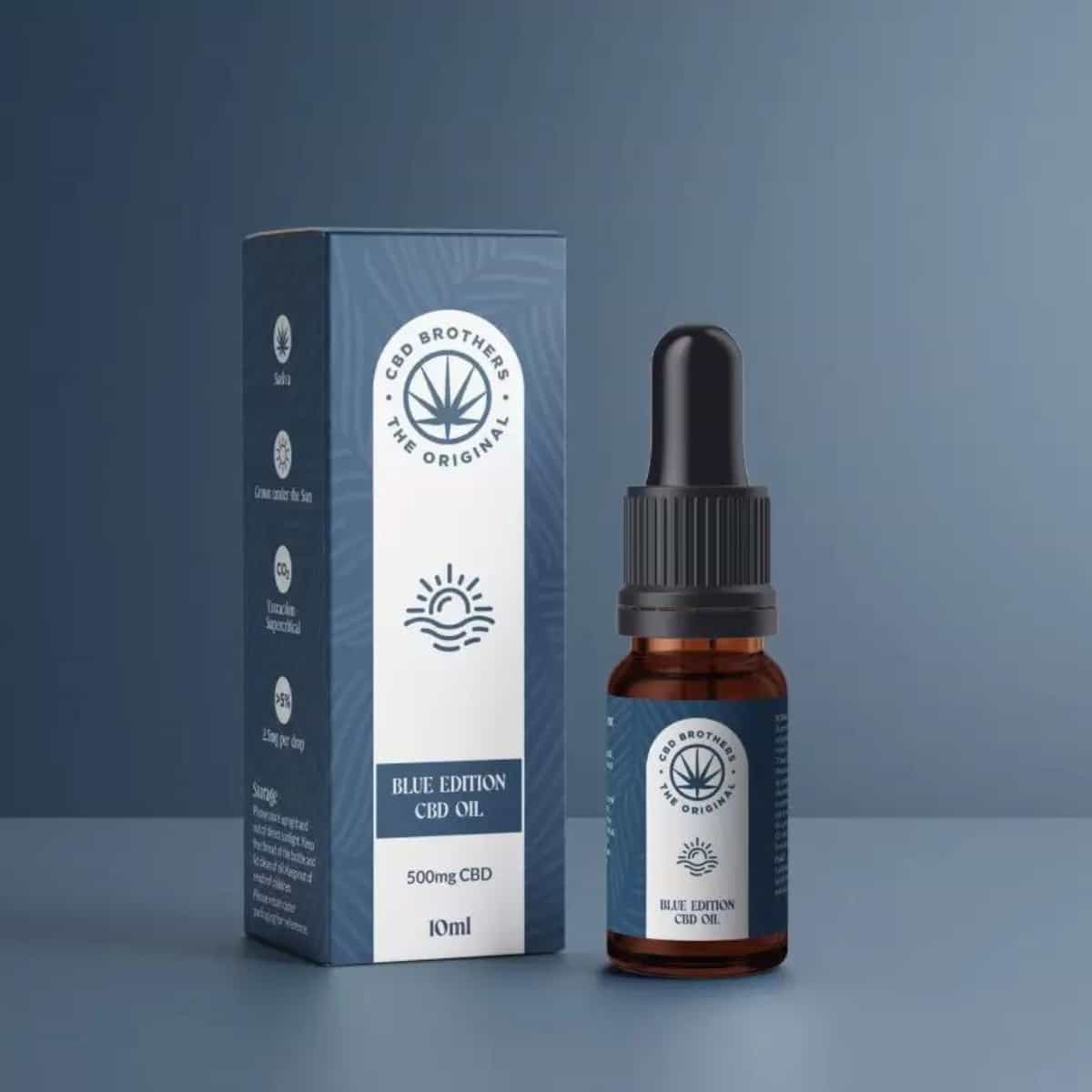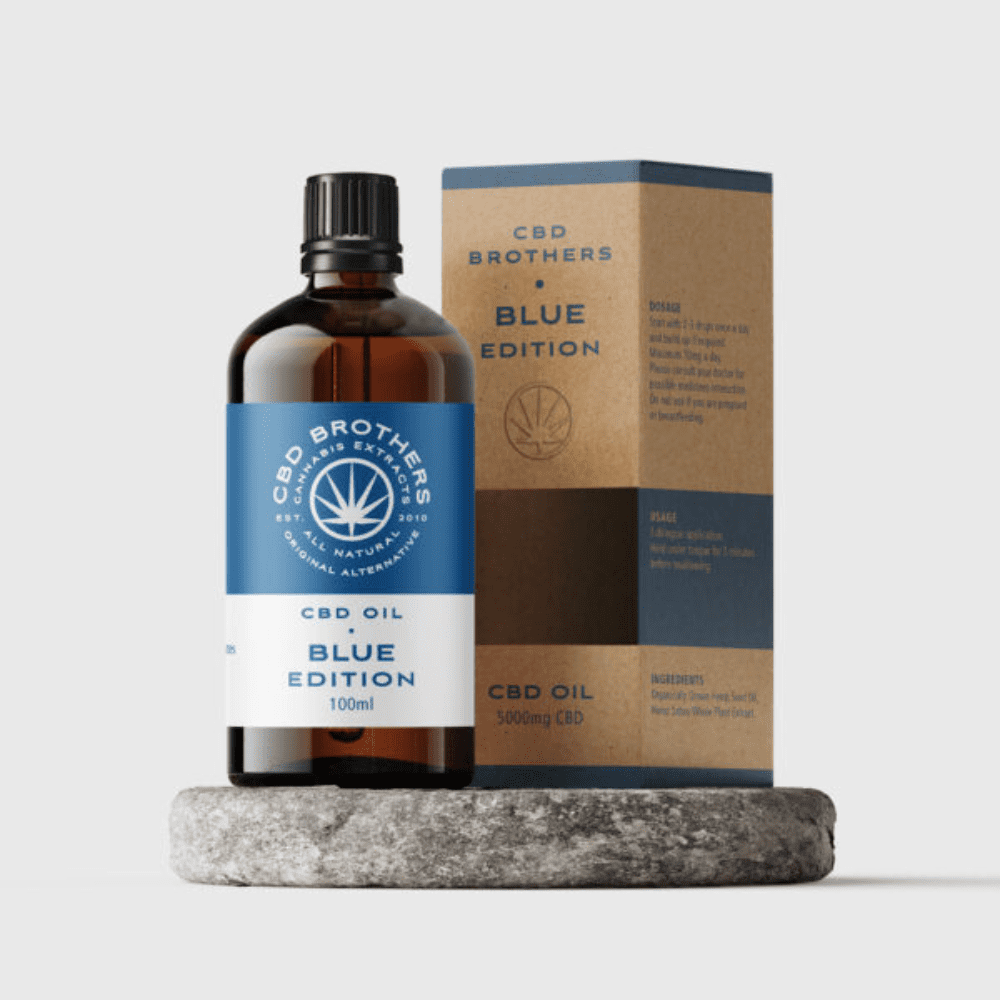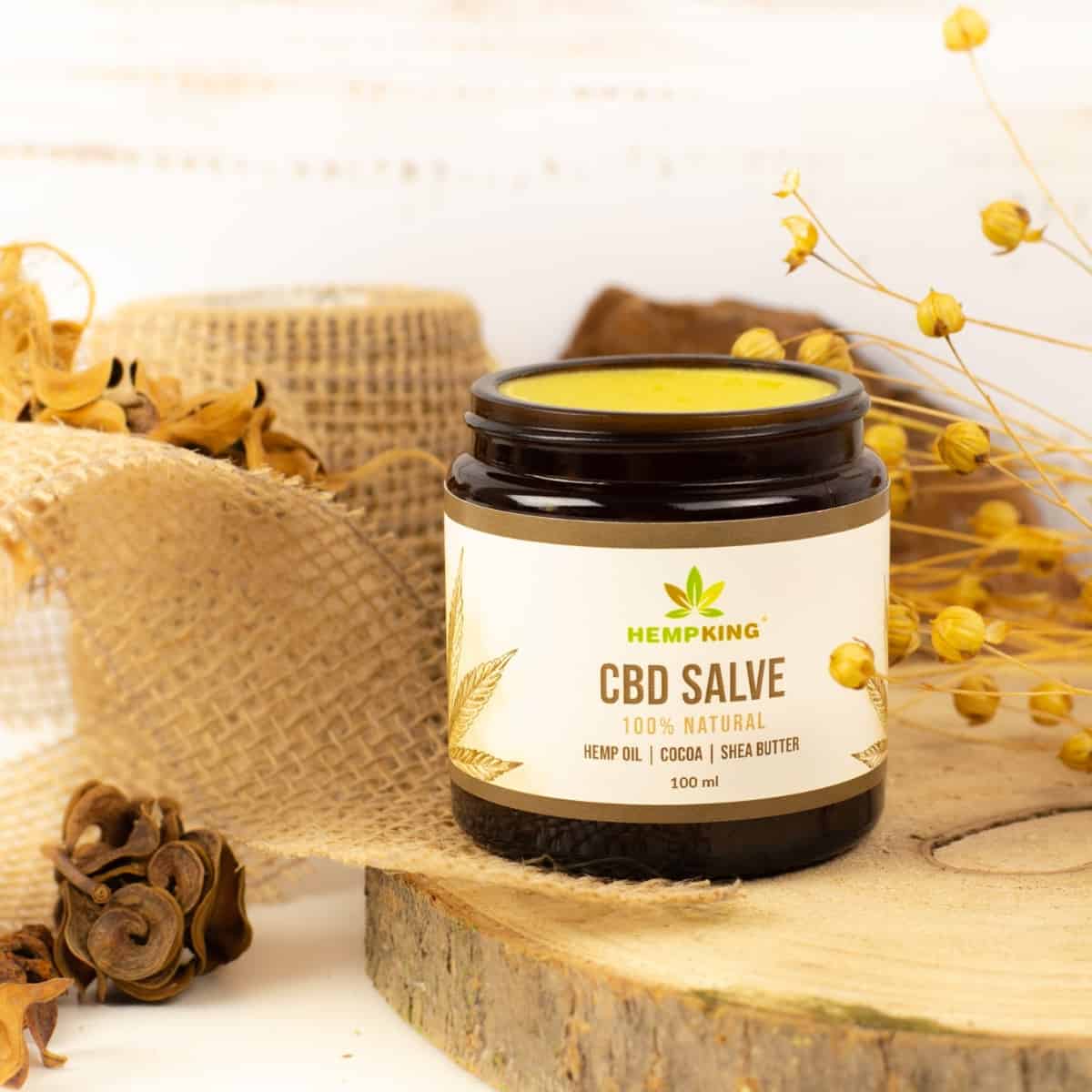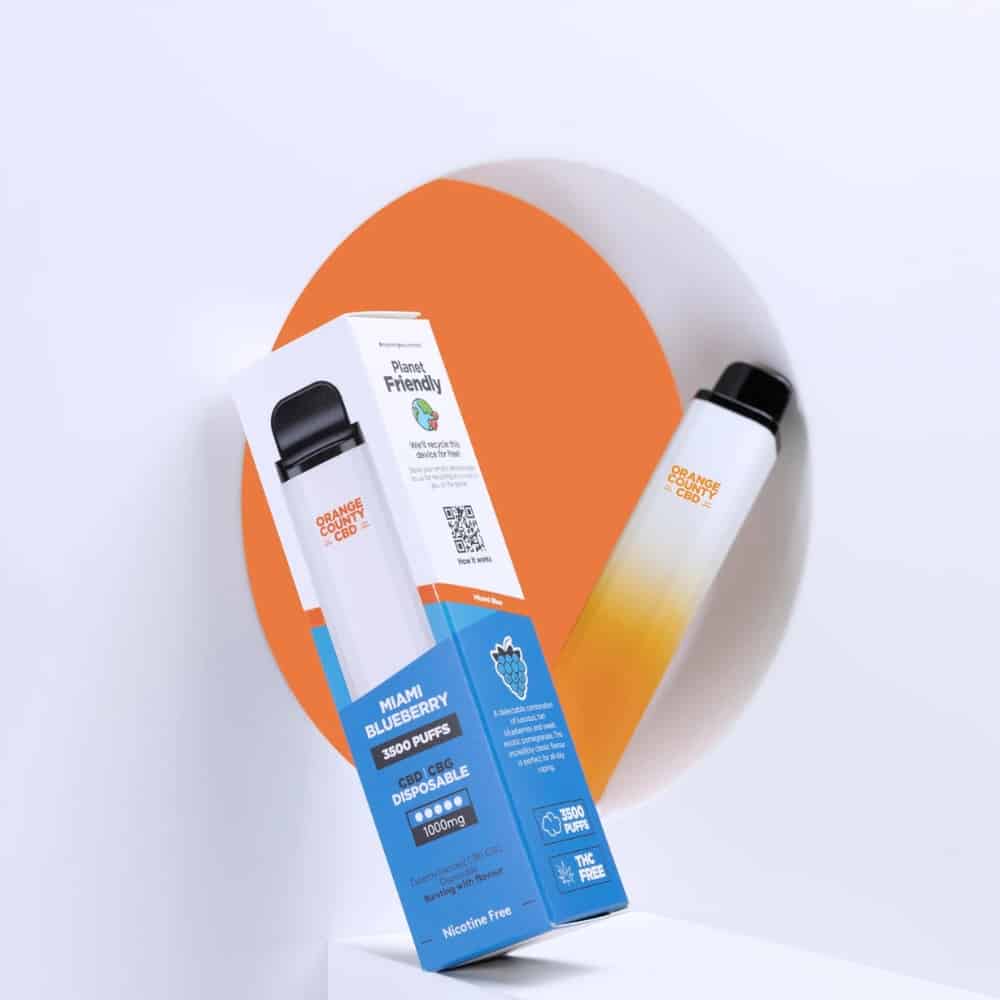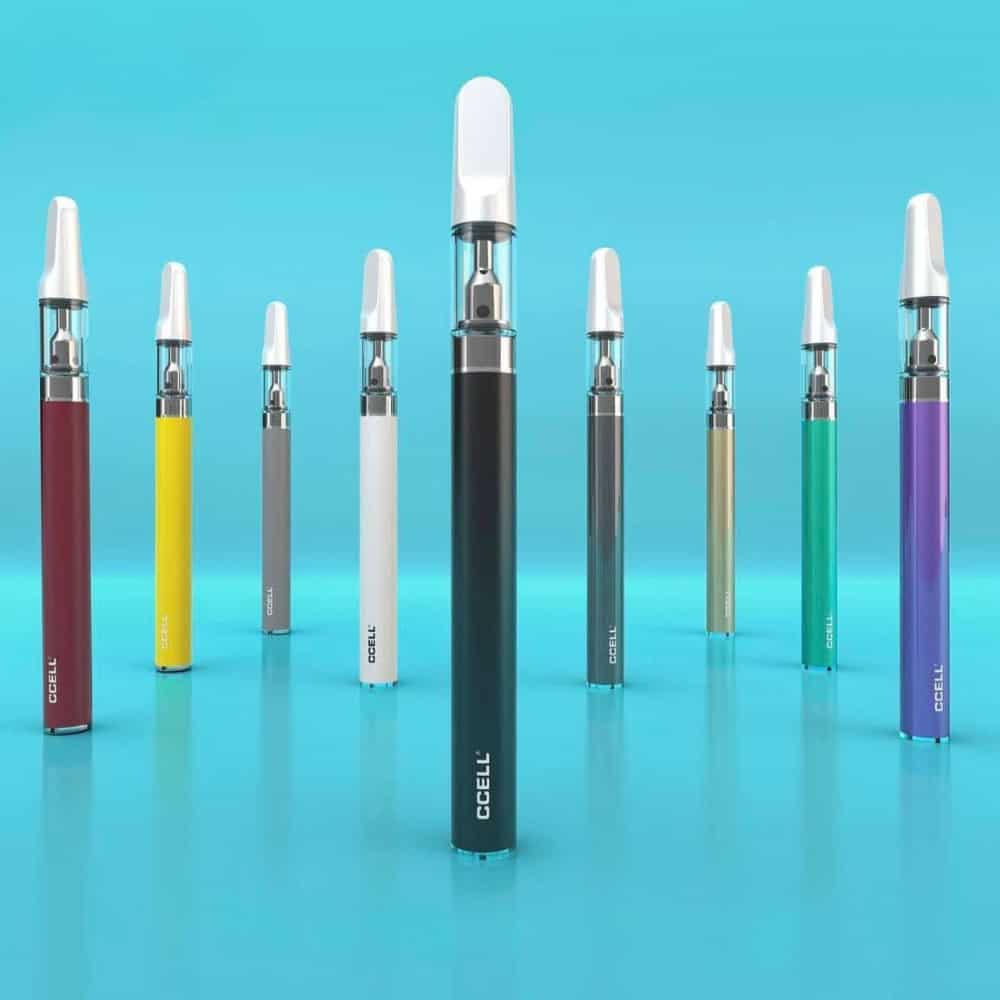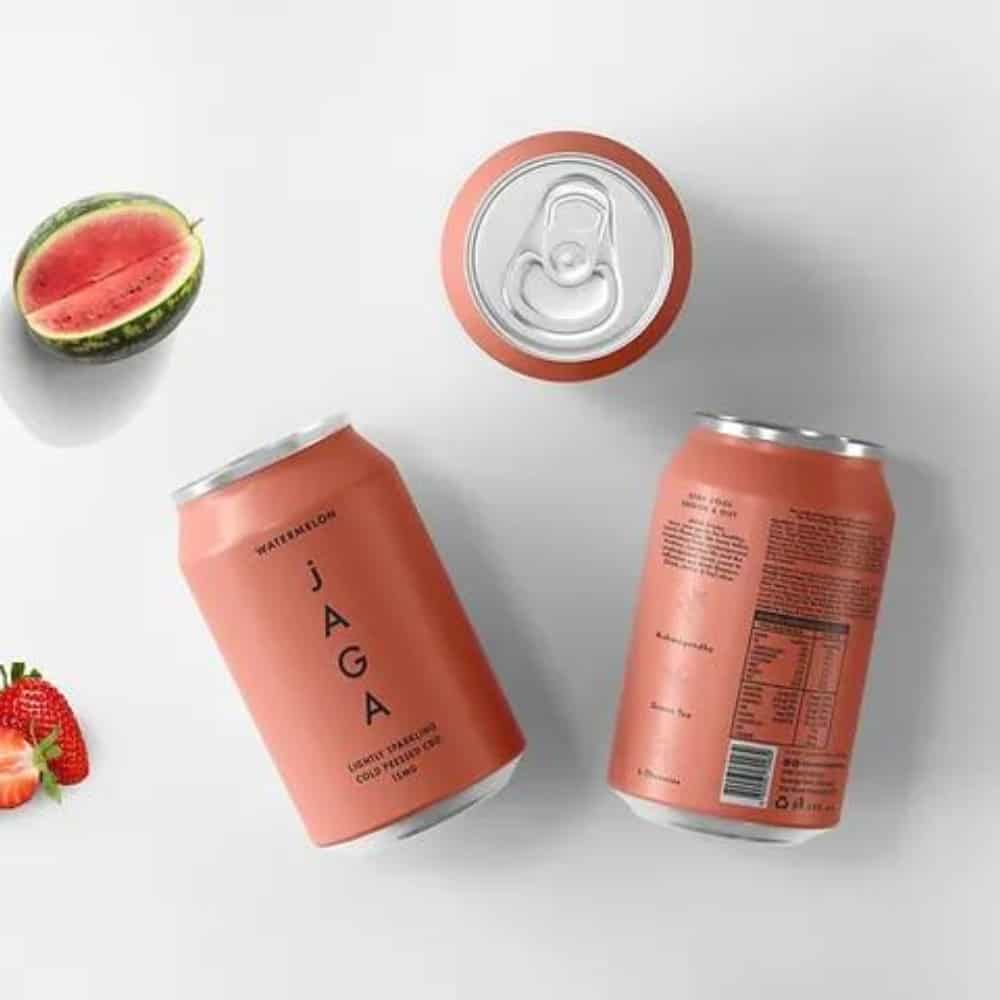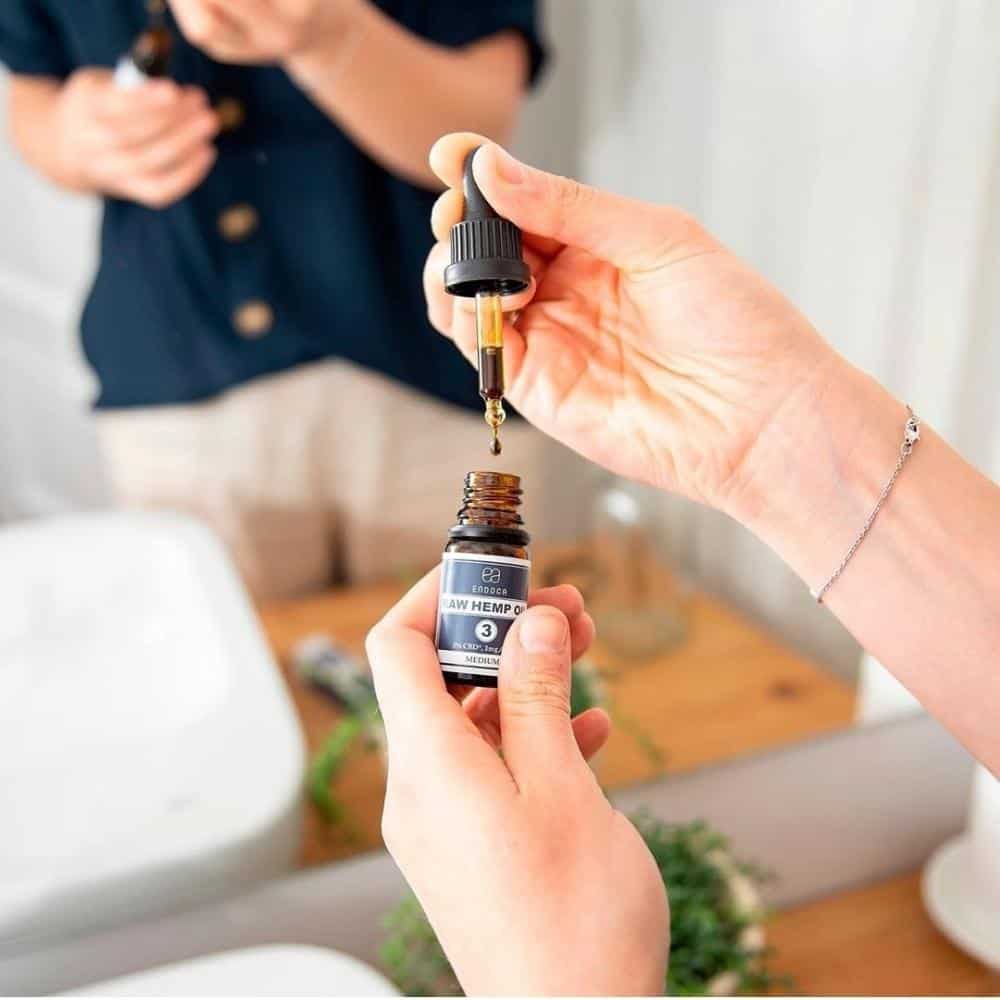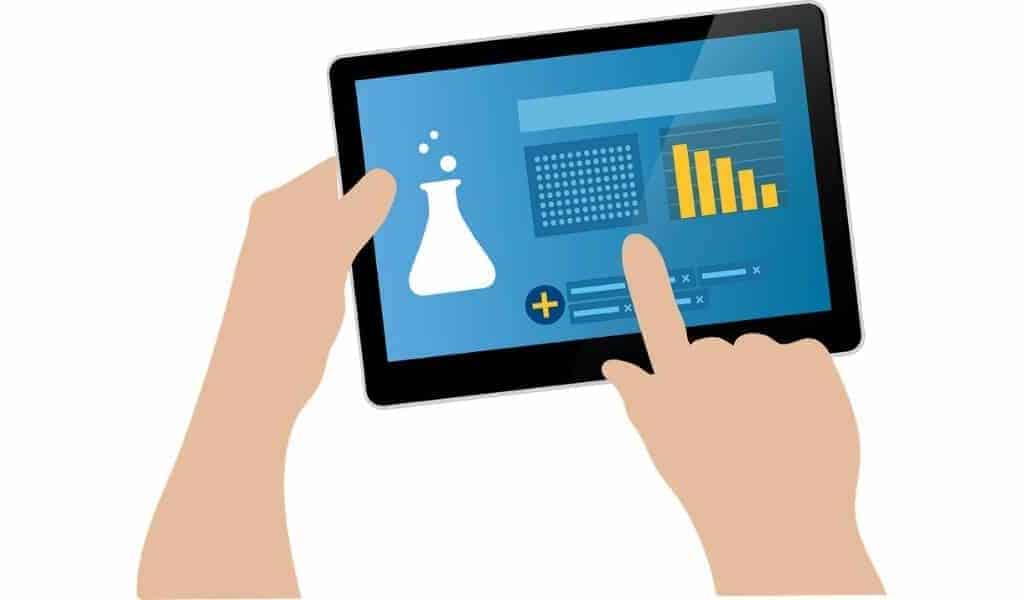CBD Lab Reports
We are all entitled to make informed decisions around what we are putting into our bodies. With CBD it is particularly important as poor quality products may contain nasty residuals or contaminants. Given its fairly complex make-up however this isn’t always easy. This is where CBD lab reports can help.
Before buying a CBD products it is important to understand what exactly it contains. Such as which cannabinoids are present and whether or not it contains any contaminants. CBD lab reports are a useful way to see exactly what illustrate this.
About Lab Testing
Accurate testing of a CBD product is essential to ensure the highest levels of quality, potency and purity. A reputable CBD brand will send samples from each batch of products they create to an independent third party laboratory for testing. This is crucial to ensure each product contains what is stated on the packaging. In addition to testing cannabinoids many labs test for microbiological contamination, heavy metals and pesticides. Some may even run a full terpene profile test.
At Hemptations we carefully select the brands we feature and require that they provide a full certificate of analysis for each product. Some brands such as Canabidol have their own dedicated testing facility and test products on site in addition to sending them to a third party lab. Here they use High Performance Liquid Chromatography (HPLC) to separate, identify and quantify each component at low levels (parts per million).
Other brands typically use third party labs such as Phytovista Laboratories to carry out their testing necessary. This level of self regulation provides assurance that when you purchase from us you are purchasing a safe and effective product that works.
Potency
Potency is typically the first test that is carried out in order to ascertain the exact amount of cannabinoids such as CBD or THC within the finished product. This is vital to determine the potency and confirm the lawfulness of the product.
CBD and THC are not the only cannabinoids that they are looking for however, there are actually over 100 of these molecules found within the natural plant. Most labs test for CBD, CBDa, CBC, THC, CBG and CBN. Some may also test for THCa, THCV, CBGa and other lesser known cannabinoids.
The most important aspect of testing is to obtain an accurate reading of CBD potency. However, it is also useful to have small amounts of other cannabinoids present as we know they act synergistically together to greater effect. This occurs in a phenomenon known as the ‘entourage effect.’
Terpenes
Some brands such as HighKind Cannabis Co. also test for terpenes. This identifies the compounds that produce colour and distinctive flavours to the final product. Terpenes aren’t just for smell and taste however they are also considered to have many beneficial effects and contribute to the entourage effect. Testing the terpene profile ensures the product has a consistent colour and flavour which meets standards of production.
Pesticides
Testing for pesticides is also essential to ensure the safety and purity of the hemp used to make CBD products. Any significant concentration of pesticides remaining in the final product may cause unwanted effects.
Hemp that has been grown organically without the use of pesticides is ideal for extracting CBD. With that said, even products taken from organic hemp should be tested to ensure integrity.
Residual Solvents
Although most brands use CO2 extraction, a complete lab test should also include analyses of residual solvents. Solvents can be used for extraction of CBD when the plant material is turned into oil. High concentrations of solvents can lead to unpleasant health effects and/or result in an unsafe, volatile product. A quality lab report will test to verify that there are no detectable solvents regardless of the extraction method used.
Our CBD Lab Reports
You can find CBD lab reports for each product sold on our website at the bottom of the product description. Each report is available as a guide and may not correspond with the exact batch number of your product. For the lab analysis of your particular batch number please visit the manufacturer’s website.
